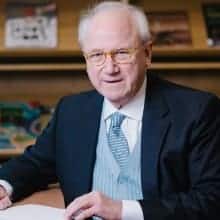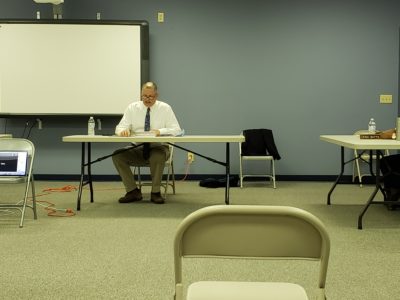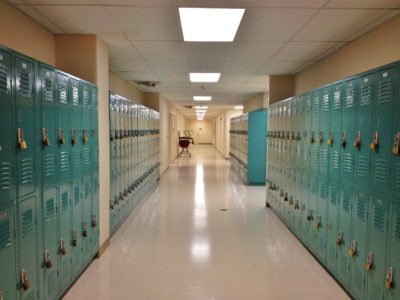
It would not be an ordinary re-opening of school. Local education boards acted under pressure. Administrators developed plans. Some teachers were wary. Many parents were anxious. It was mid-1970 in an American South with public schools still largely segregated.
In many ways, the dynamics appear familiar today. There are parallels between 1970 and 2020 — in particular as moments of reckoning with the nation’s racial divide. But today the pressures and uncertainties over resuming teaching seem even more intense, for parents, for educators, and for governing boards.
As a student at the Columbia Graduate School of Journalism, I wrote my final paper for a master’s degree in 1970 on court-ordered school desegregation across the South. The j-school gave students a month without on-campus classes to produce a capstone, long-form journalism project. I flew from New York City to Baton Rouge to report on how my hometown was responding. My faculty adviser, John Hohenberg, then the Pulitzer Prize administrator, got America Magazine to publish my article.
Of course, the U.S. Supreme Court had ruled the South’s dual school systems unconstitutional 16 years earlier in Brown v. Board, and ordered them dismantled with “all deliberate speed.” The court intended “speed.” The South mostly chose “deliberate” resistance.
The court sought to end resistance and tokenism in an October 1969 ruling that rejected an appeal in which the Nixon administration sided with the white South. Instead of “all deliberate speed,” the court required Southern communities, including East Baton Rouge Parish, to create “unitary” districts “at once.”
At that time, President Richard Nixon was implementing the Republican Southern strategy to win over conservative white voters. Nevertheless, in contrast to President Trump, who fosters confrontation, Nixon wanted to avoid civil unrest on his watch and bring about “orderly and peaceful” transition to desegregated schools. “A year later, more than 90 percent of Black schoolchildren in the South were enrolled in unitary schools systems,” Tom Wicker wrote in his 1991 book, “One of Us,” on Nixon.
Indeed, over two decades, the South led the nation in racially integrated schools. Then, as judges released schools from court orders, resegregation proceeded. Last year, voters approved a petition to carve a new largely white municipality out of southern Baton Rouge in an effort to split from the public school system with an enrollment of 80% Black students.
The point here is not to suggest direct lessons from 1970 to apply to 2020, except to reiterate how central public education remains in reflecting and responding to the deep-down conditions, strengths, and weaknesses of this democratic society. In 2020 as in 1970, public officials and educators face the balancing acts required to negotiate the tensions between individual freedom and community, between self-interest and common good.
While 1970 represented another step in dismantling the Jim Crow South, the resumption of education in 2020 comes amid public health and economic crises imposed by the COVID-19 pandemic. When schools closed in March, a general notion held that a first wave of coronavirus would crest, then subside in the heat of summer, with a second wave possible in late fall. But the contagious virus hasn’t performed as expected — in part due to ill-discipline on the part of certain state and national political figures and among Americans who chafed under orders to lock down and wear masks.
Even as the virus spread, incidents of white police violence against Black people sparked peaceful multiracial protests across the nation, along with some nighttime vandalism and looting. While the pandemic has illuminated anew inequities in education, health, and well-being in North Carolina as across the nation, public awareness of systemic racism appears for now to have grown.
Maybe let’s not pity harried school administrators and policy makers, but at least understand the cross-pressures, most out of their control, in figuring out what mix of in-class and online instruction to offer to promote personal safety and learning. Then, on the near horizon await such challenges as enhancing faculty racial and ethnic diversity, mitigating implicit bias, and recalibrating courses in history and civics — issues that the uneven and unfinished desegregation of 1970 left for another generation of educators and American citizens to tackle.




